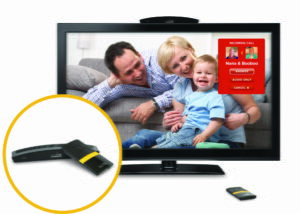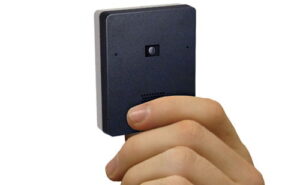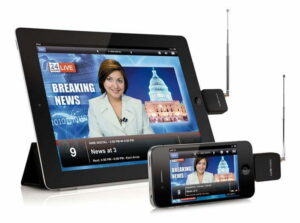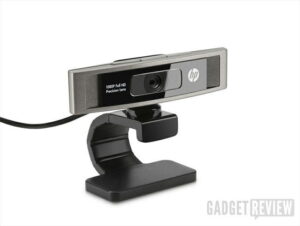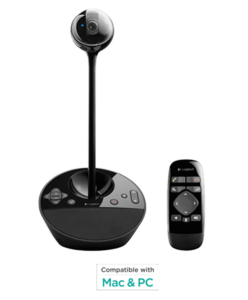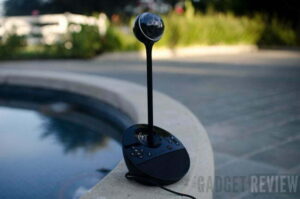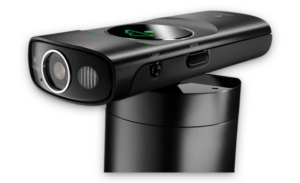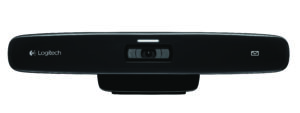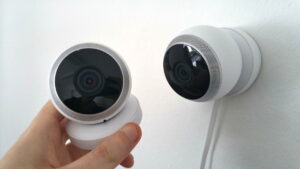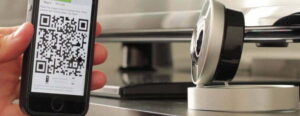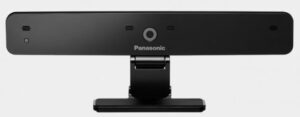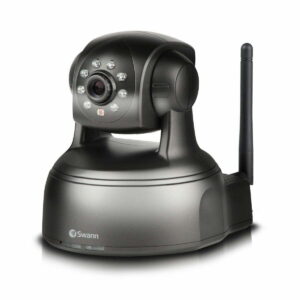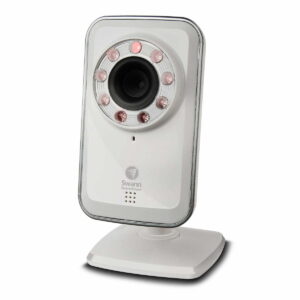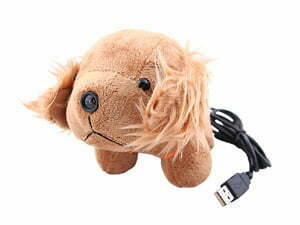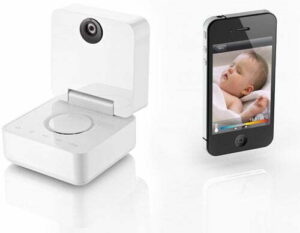Home security has grown by leaps and bounds over the last few years — partly due to the speed of Internet connections being used in home networks. Once it cost big bucks to monitor what was going on in your place when you were away — heck, there still are security companies devoted to doing just that. But through a home network — and an Internet connection AND mobile devices like smartphones and tablets (unheard of years ago), the “average” home network owner can monitor his/her place with relative ease.
So what makes one networking video camera more suitable than another? I’d say it’s the features — since pretty much all can connect to a home network with similar ease. And forget about battery powered models being in the mainstream — it’s AC power all the way, baby.
So here’s the D-Link DCS-932L Wireless N Day/Night Home Network Camera. First thing I should point out is that it doesn’t require being used with a D-Link router (though the company would probably suggest you do that). What it DOES require is that you have a wireless home network for it to join, and a stable connection to the Internet should you want to use it outside your own local network.
The D-Link DCS-932L Wireless N Day/Night Home Network Camera is pretty much a self contained unit: the exception being the power plug that you connect to the AC. Plug the camera’s power supply in and stand it up vertically — or if you prefer, you can mount the base to the wall. Either way, the gooseneck-like neck will let you adjust the camera so that the front (where the lens is) is facing in the manner you want. Notice the ring around the lens? There’s a series of infrared LEDs in there. This means that you can see within a few feet in abso darkness, which is pretty nifty.
Now since the D-Link DCS-932L Wireless N Day/Night Home Network Camera has wireless built in, what I need to do is get it to join my existing wireless home network. There’s two ways to go about this — on a PC, I can insert the driver disc provided and connect the camera directly to the PC through an Ethernet socket. Run the disc and Windows will take care of assembling the needed information, with a bit of help. That means the name of the network, password and other good stuff. Once done, remove the D-Link DCS-932L Wireless N Day/Night Home Network Camera from the PC, place it where you want it and restore the power so the WiFi transmitter/receiver inside can take over.
A few days back I’d say Mac users like me were out of luck for simplicity — but checking out D-Link’s website showed there was a Beta that I could download and use — yep it did what was needed, similarly to that of the disc for the PC.
The alternate to doing all that is to use Wi-Fi Protected Setup (WPS) — that’s preferable since I use Macs and is easiest when your router has WPS also. Basically you just press a button on the D-Link DCS-932L Wireless N Day/Night Home Network Camera back and wait as blue LEDs blink and dance till they connect with the router (which was pressed also). This is about as no-fuss as you can get.
So now the D-Link DCS-932L Wireless N Day/Night Home Network Camera is connected to your wireless network, which means that it is also connected to the Internet. To access the camera’s view, you need to go to D-Link and register the device/create an account on the mydlink website they maintain, if you used WPS (otherwise it’s done by the disc-based installation for you).
Now I’m not such a fan of working through a website as I feel it adds another layer to the process which I don’t need. This is true, I feel, for when I’m accessing a device like this camera while at home (through the local network) and so don’t want to be involved with someone’s servers, but it’s not an issue either way when accessing remotely.
In any case, having set up the account, I can now got to a web page that is configured for me and my D-Link DCS-932L Wireless N Day/Night Home Network Camera Using the onscreen controls I can now bring up a “live” view from the camera. Of course “live” is not exact as there is a bit of a time-lag. In general you’ll find, as I did, that the lag is minute, but conditions on the Internet infrastructure could cause slow-downs. The speed of the video does approach that of “live action,” but in general looks a bit more like a stop motion view on many occasions. This is not to insult the D-Link as it’s pretty much the case with all but the most expensive IP video cameras. Of course if you consider the D-Link DCS-932L Wireless N Day/Night Home Network Camera as providing a a series of still photos one after another, the whole issue becomes moot.
You’ll find that the D-Link DCS-932L Wireless N Day/Night Home Network Camera, like most of its type, will provide a better near-field view than that of far away. And when using it with Wi-Fi, you’ll be getting a more stable and viewable image than if you’re pulling it over a cellular connection.
The easiest way to use the camera, even at home I’ve found, is through the app made for it by D-Link (both iOS and Android-based so go to iTunes or an Android store). Loading the app into my iPhone (and iPad later on to take advantage of the larger screen), is a faster process than having to log into the online website when using a computer/laptop. You can switch between cameras (should you have other D-Link compatible models) and arrange what you’re seeing so it makes the most sense to you and pretty much handle the same kind of things that you’d be doing on the website. Only a lot quicker I would say. And obviously a lot more portable.
Quick tip for those with iOS devices: pressing both the Home and Sleep/Wake button together takes a snapshot of the screen and saves it to the Camera roll. This is a quick way to “capture” an image of what’s on screen. Otherwise you can use the controls on the app to save an image — if you opt to pay $0.99 for the iPad specific app, you get the support for the higher resolution of the iPad 3. Me, I found the free version to be effective enough to have no complaints and I just use a bit of intelligence to make up for any feature that could have been a bit more sensibly coded.
The app also lets you listen to music while viewing, which is nice, although you won’t want to do it if you are using the built-in mike to transmit audio. Audio quality is pretty basic — it’d be good for catching a baby crying if the camera was being used as a baby monitor, but if in a room where the TV was turned on low, not so much. So I don’t suggest you use the D-Link DCS-942L Wireless N Day/Night Home Network Camera as an audio security device predominately.
What I decided to do was to use the D-Link DCS-932L Wireless N Day/Night Home Network Camera to monitor my balcony during the time some renovation was going on — as the building’s owner left ladders against the balcony’s side overnight one time. The software provided can let you set it up to function as a motion detector but I just took a “peek” now and then over the course of the night. Without the “night-vision” capabilities of the D-Link DCS-932L Wireless N Day/Night Home Network Camera, that wouldn’t have been possible. And surprisingly enough, the black and white image actually looks better to me than color — especially as the contrast tends to be higher. Expecting good detail — bad! But seeing someone mucking around in the dark — good!
Editor’s Rating:
[rating:4/5]
Great
Bottom line: At a retail of $139 (much less “street”), the D-Link DCS-932L Wireless N Day/Night Home Network Camera provides a dependable method for viewing a location remotely. Add in the “night-vision” ability and the software, and you’ve a video security camera that is capable all out of proportion to its price.
Pros
- Quick setup
- Night-vision capabilities
- Mobile device access
Cons
- Audio quality basic
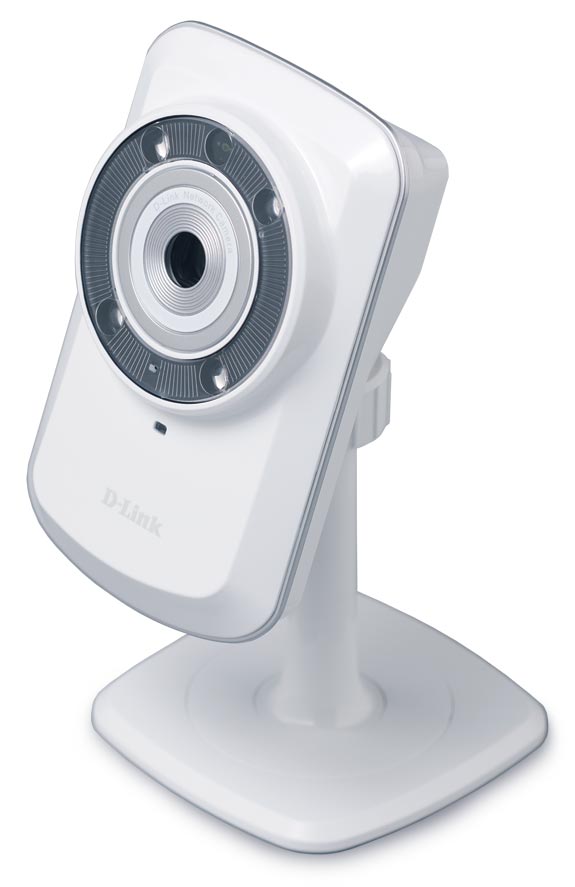
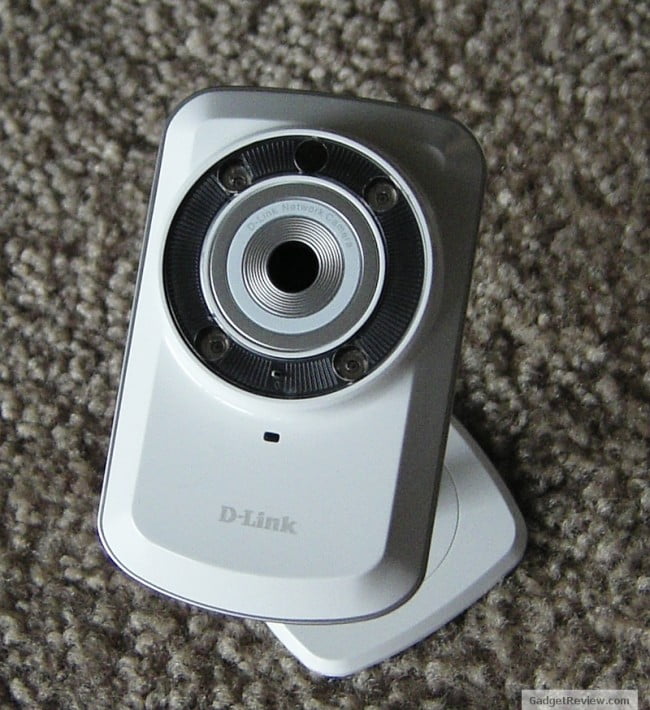
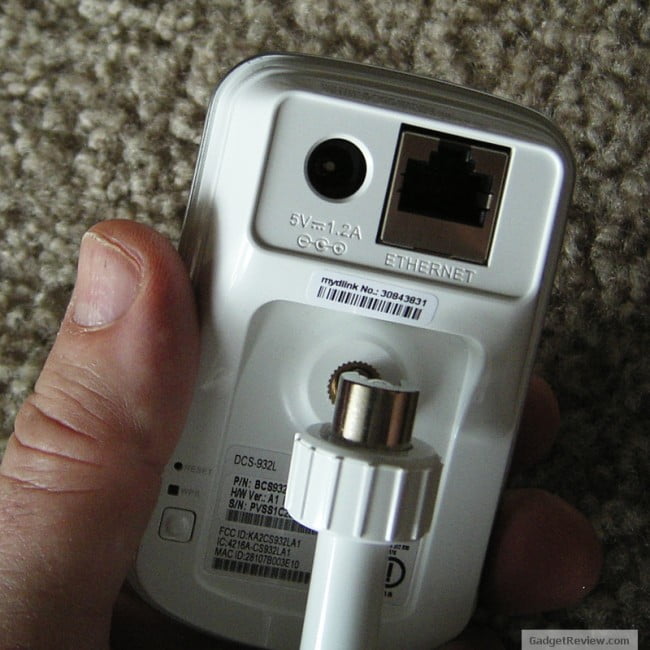
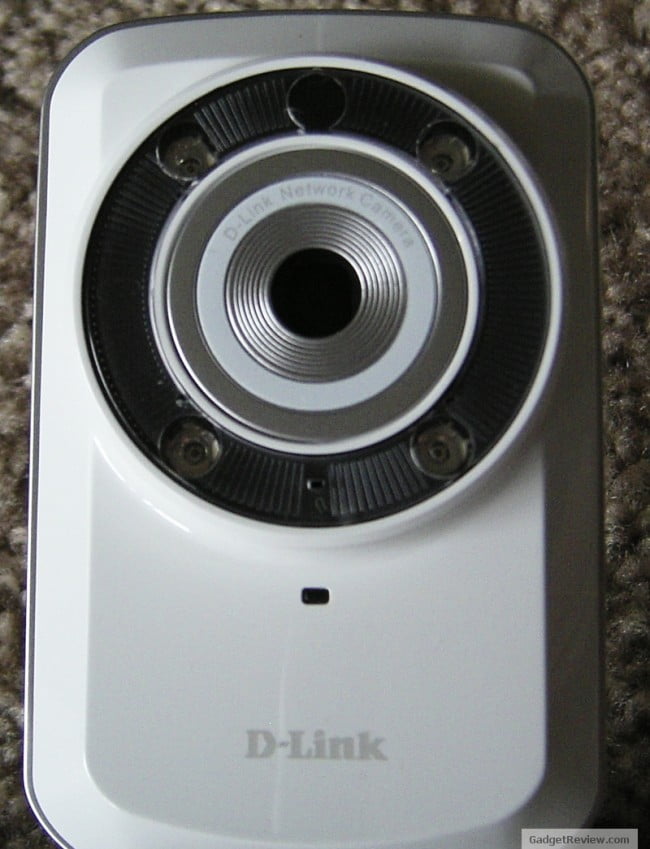
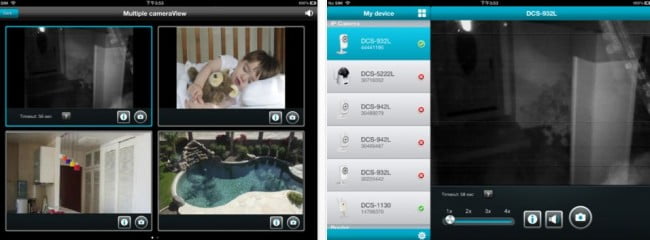
![10 Best Webcams for Chromebook in [year] 1 best webcam for chromebook](https://www.gadgetreview.dev/wp-content/uploads/best-webcam-for-chromebook-image-300x206.jpg)
![10 Best Webcams for Conference Room in [year] 2 Best Webcam for Conference Room](https://www.gadgetreview.dev/wp-content/uploads/Best-Webcam-for-Conference-Room-300x180.jpg)
![10 Best Webcams For Mac in [year] 3 Best Webcam For Mac](https://www.gadgetreview.dev/wp-content/uploads/best-webcam-for-mac-300x169.jpg)
![10 Best Webcams for Skype in [year] 4 best webcam for skype](https://www.gadgetreview.dev/wp-content/uploads/best-webcam-for-skype-image-300x178.jpg)
![10 Best Webcams For Streaming in [year] 5 best webcam for streaming](https://www.gadgetreview.dev/wp-content/uploads/best-webcam-for-streaming-image-300x182.jpg)
![10 Best Wireless Webcams in [year] 6 best wireless webcam](https://www.gadgetreview.dev/wp-content/uploads/best-wireless-webcam-image-300x159.jpg)
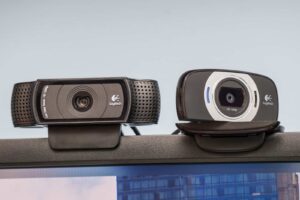
![Best Webcams for Youtube in [year] 8 Best Webcam for Youtube](https://www.gadgetreview.dev/wp-content/uploads/best-webcam-for-youtube-300x194.jpg)
